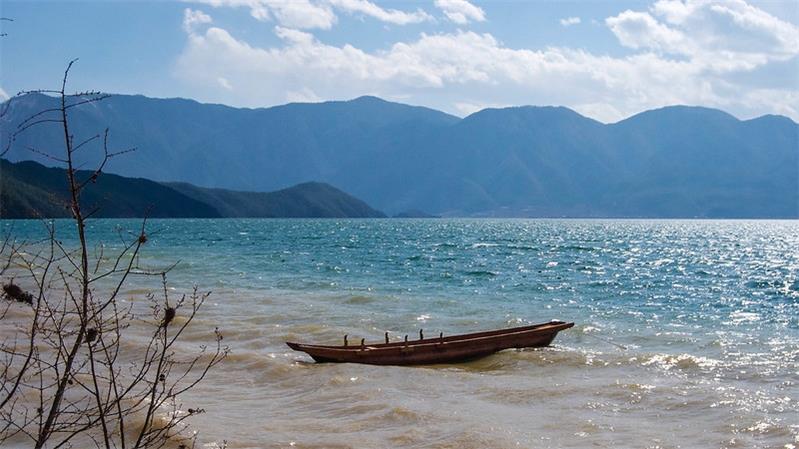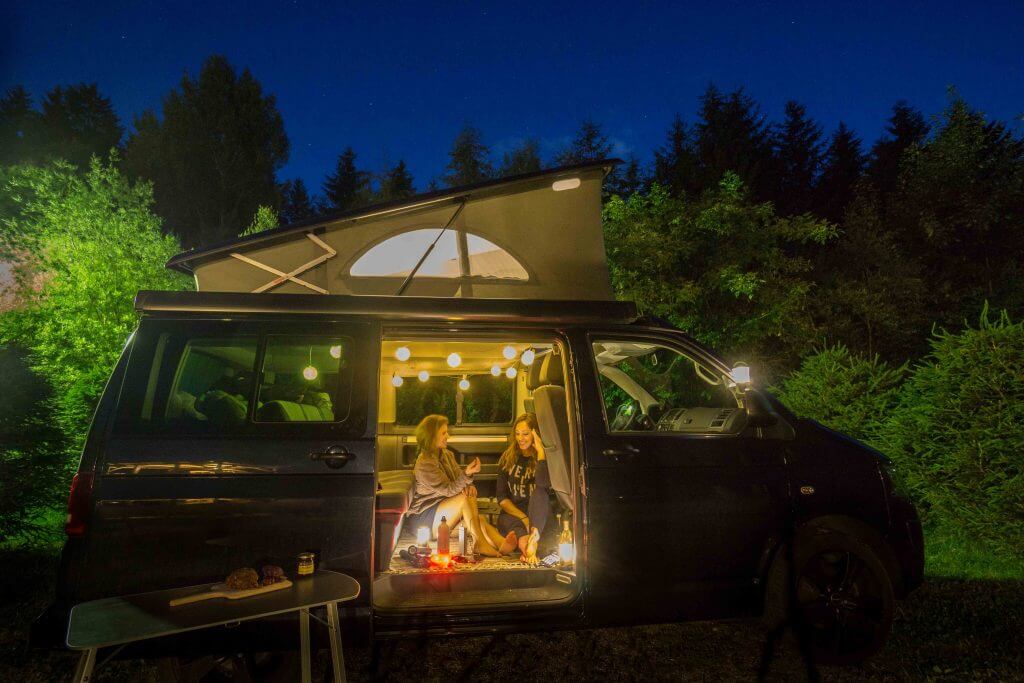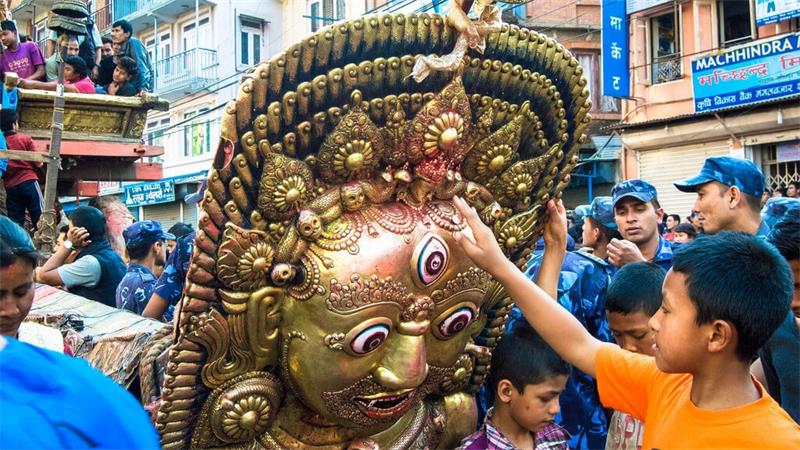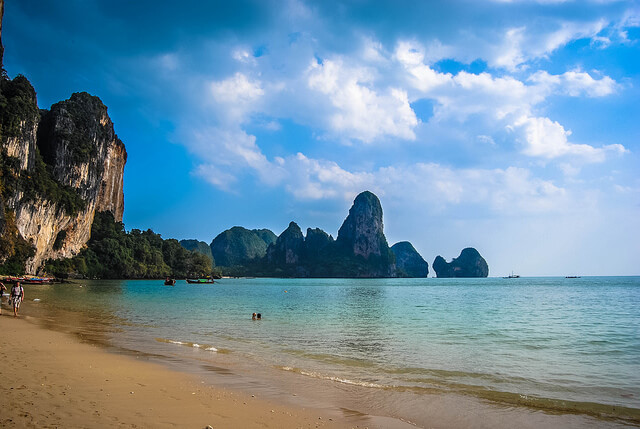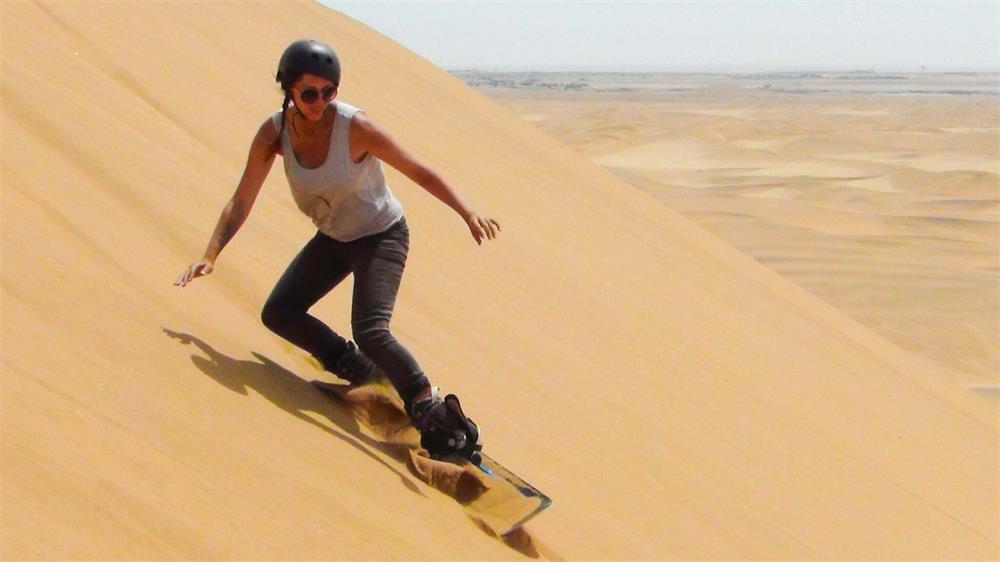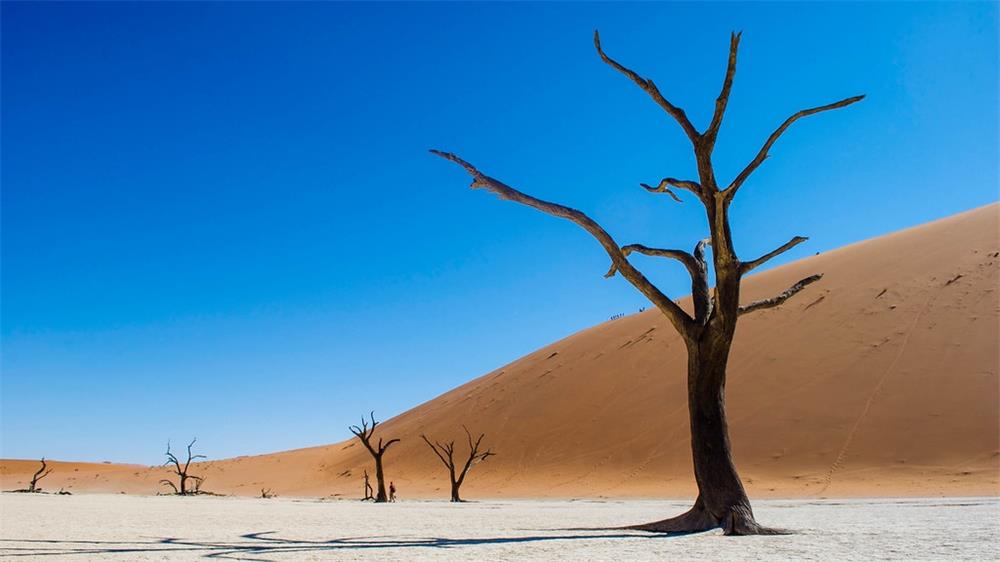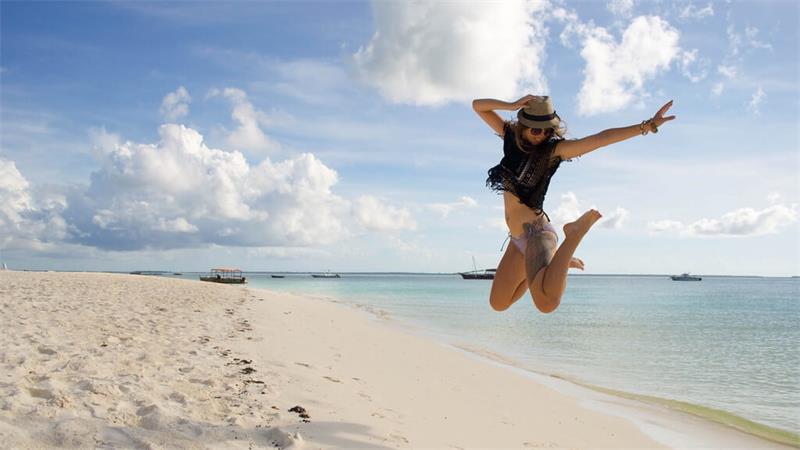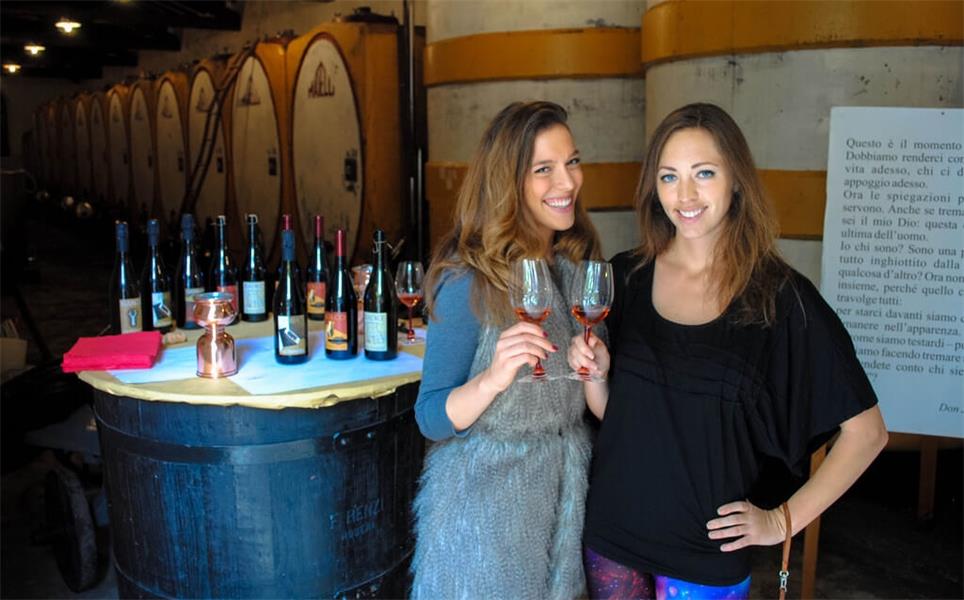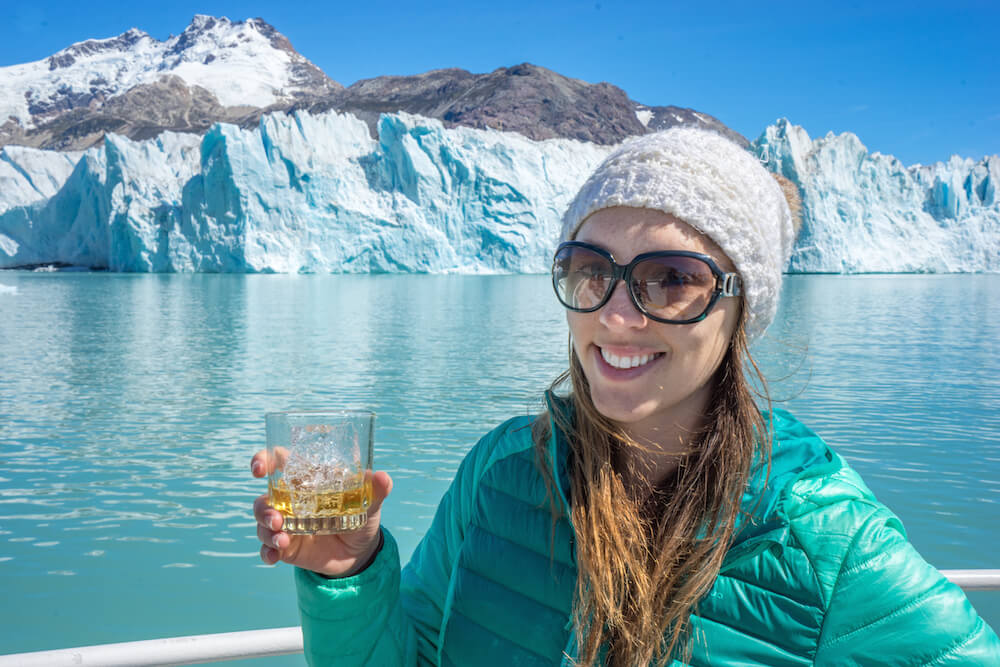
Following a fantastic few weeks hitchhiking down Chile’s Carretera Austral, it was time to call it quits on Ruta 7.
Although the accommodations were modest, the WiFi hardly worked, knowing Spanish was a must, and the gravel road required hours of driving to cover even short distances, this section of Chile has a unique charm that cannot be found anywhere.
Individuals are humble, open, and inquisitive. The terrain is unparalleled in its raw beauty, and the isolation and harshness of it all meant a true off-the-beaten-path experience that most foreigners do not get in Patagonia (but if you read the remainder of my writings on the subject, I tell you how!).
It needs someone brave and knowledgeable, and that’s what I enjoyed best.
Villa O’Higgins
Villa O’Higgins is a calm and very serene small village near the end of the Carretera Austral, named for General Bernardo O’Higgins, who spearheaded Chile’s independence campaign from Spain. Most tourists then take a boat to Candelario Mansilla, one of South America’s most isolated locations, or return several hundred kilometers to Chile Chico to pass into Argentina.
There’s no way to transport a car any farther, so Steve and I decided to do a couple day treks to Villa O’Higgins, simply because it was such a beautiful site, and then ruin it from.
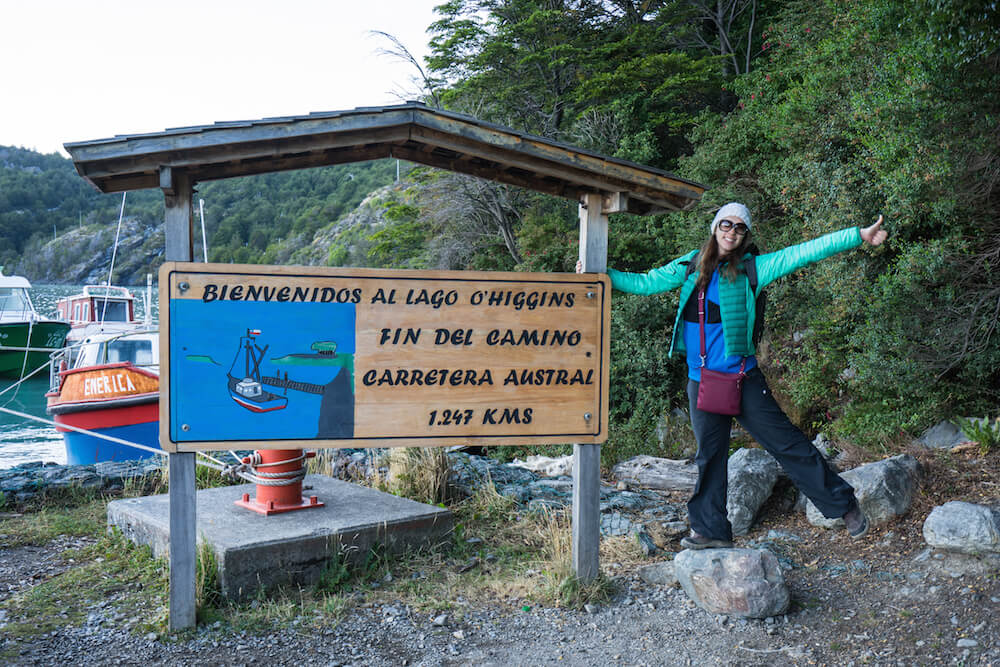
There, I had my first parilla (BBQ) when two locals we met at sunset offered us to join them, speaking Spanish slowly enough for me to comprehend. That was a fitting finish to the trip that was the Carretera Austral, complete with hitchhiking adventures and gauchos.
The O’Higgins Glacier and the Boat
A boat sails a few days a week from Villa O’Higgins to Candelario Mansilla, a tiny farm on the outskirts of Lake O’Higgins. The cost of transportation and a stop to the glacier is around $100. Because this is such a remote section of South America, it’s a rare opportunity to be on a boat that visits a glacier without being overrun by people.
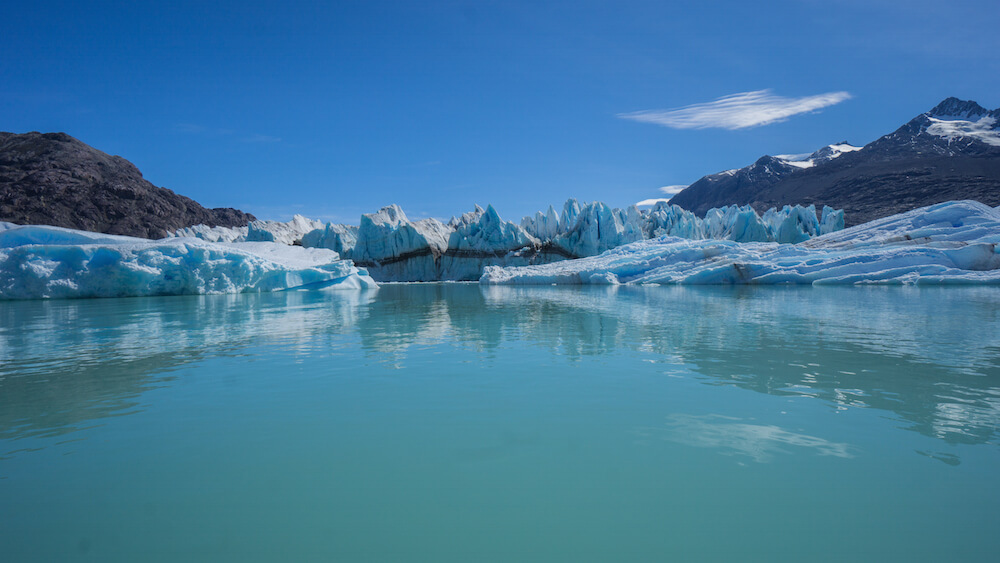
You also get a drink of whisky with 10,000-year-old glacier ice within as a gift. Who doesn’t enjoy that?
The boat takes a few hours to get at the Candelario Mansilla farmhouse, which also serves as a campsite and guest house. You may strike a deal with the local gaucho to have his horses pick up your stuff the next day at this point. The only issue is that everything is contingent on his attendance and his desire to put his horses to work that day.
I haven’t been as fortunate.
He arrived around sunset while we were eating dinner (by the way, grab food at the farm, it’s delicious and inexpensive!) and informed us that the horses would not be accessible. My stomach dropped. I had a 70-liter rucksack full of everything I had brought with me to Finland and Austria, plus around 10 kilograms of technical gear. I guessed it was roughly 20 pounds in all (like, almost 45 pounds guys). I didn’t believe I’d be able to walk the 22 kilometers (13.7 miles) to Argentina.
He volunteered to transport the bags in part in his automobile for 10,000 CLP. It leaves 6 kilometers to transport the bags. Having no other option, I just had to (although I really didn’t want to!)
Nobody’s Land
I got up early the next morning, left my huge luggage in the barn for the gaucho to take in his Jeep, and went for a stroll when the sun was still shining and the dew was still on the foliage. I was at the border crossing to exit Chile in approximately ten minutes. As I first entered, I saw the following words painted over the entrance:
“The greater my loneliness, the greater my commitment to my nation,”
(Or something along those lines, considering my limited Spanish skills).
It is the furthest border post from Chile, yet it is significant since it is a region that has previously been contested between Chile and Argentina. The people of O’Higgins Farm and Villa are believed to be not only honored but also financially rewarded for their willingness to live in such a distant region.
You couldn’t afford me to live on the other side of the planet, no matter how lovely it was.
The following trek can only be characterized as a hike through no man’s land. It isn’t Chile or Argentina. It’s as though you’re in two locations at once.
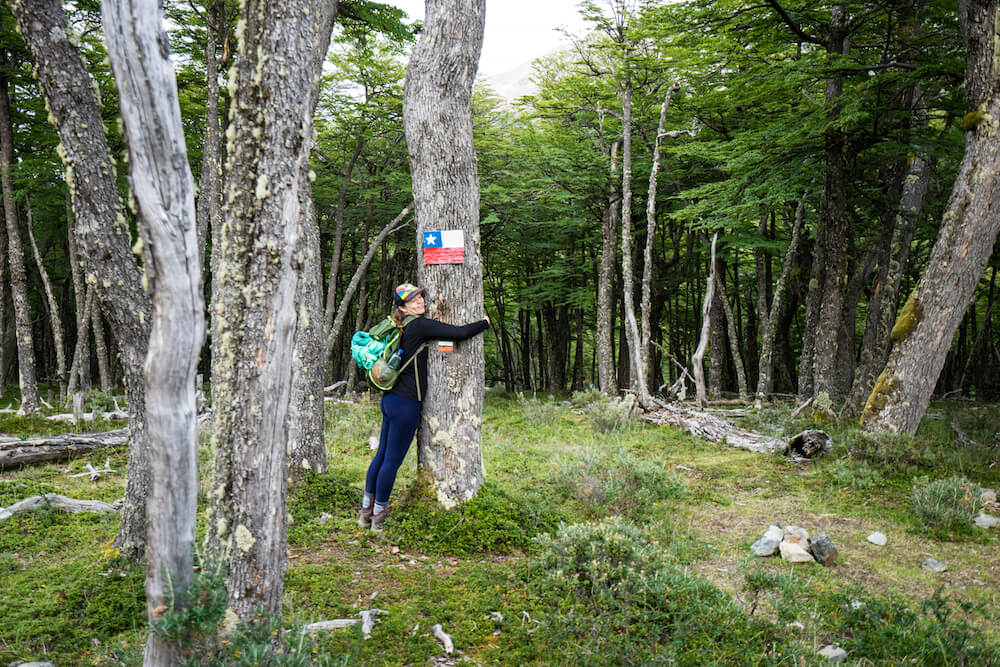
The trees with Chilean flags come to an end at one point, and a sign welcomes you to Argentina. This is where we met the Jeep to pick up the suitcases for the next leg of our adventure.
Sadly, the forested section of the route awaited me. It used to be a gravel road, but it has since given way to a series of ups and downs, tree roots on the narrow track, and a thick layer of muck.
Imagine carrying 20 kg on your back and stomach through muck up to your calves while avoiding falling on your face. That was a true challenge, and I can’t tell you how delighted I was to finally see the Fitzroy after a few much-needed rests.
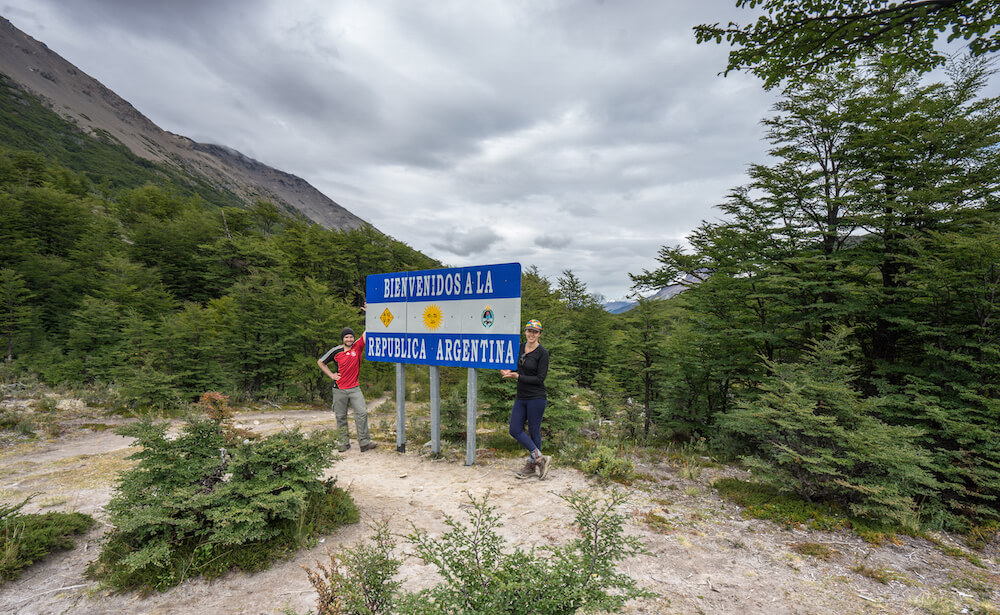
Enter Argentina
This is a unique picture of the Fitzroy since it is from the back, which is unlike the classic vista seen on Patagonia brand tags and postcards, as well as the city of El Chalten. There’s also a tiny campsite right beside the lake near the Border Patrol Station.
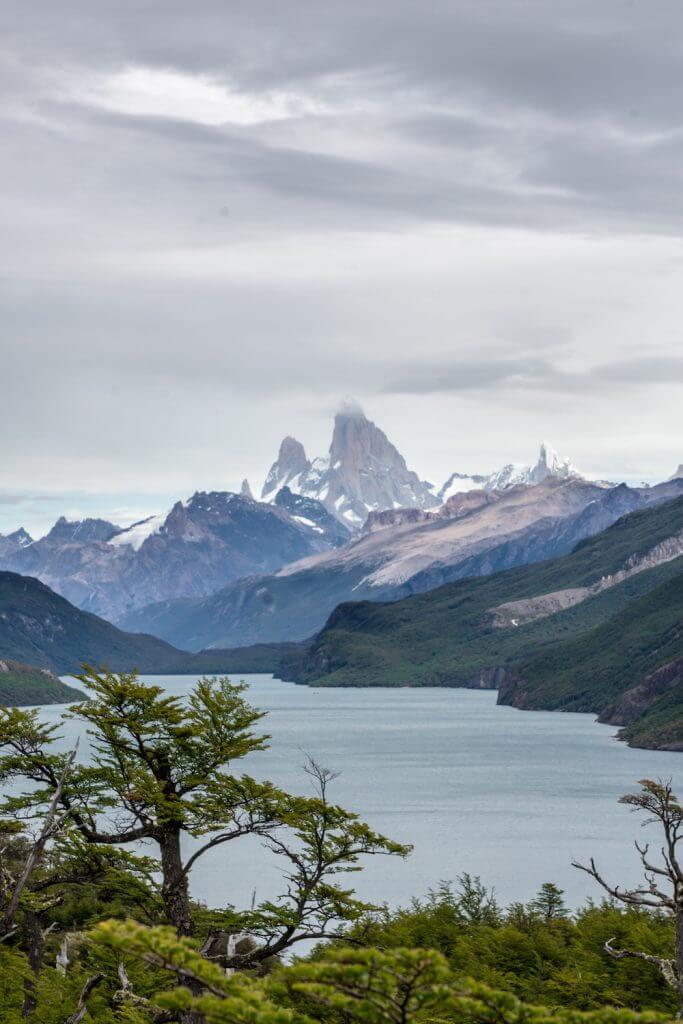
Some people walk the extra 15 kilometers around the lake to catch a bus to El Chaltén, but at that time I was content to pay the $20 for the boat on the lake. All things considered, it’s a ridiculous price, but I was also ridiculously fatigued at the time.
From there, I hitchhiked to El Chaltén, where I would try the Huemul circuit, the most difficult walk I’d ever done.

